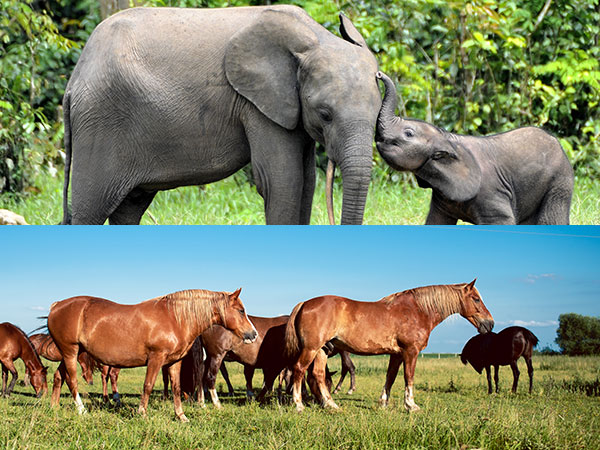Most people know that women tend to live longer than men. This pattern has been observed since accurate birth records began to be kept some 300 years ago. But it is only over the past decade or so that researchers have documented that female/male lifespan divergence occurs on a grand scale across species.
The difference in average longevity seen in humans is even more pronounced among female and male elephants, lions and orcas. Horses, rabbits and some species of bats offer counterexamples where males are more long-lived than females. But the overall balance is still on the female side among mammals. A large 2020 study of 101 mammal species found that the median lifespan of females was 18.6 percent longer than for males. (In humans, females live an average 7.8 percent longer, according to the study.)
This is not just a statistical oddity. Understanding why and how sex differences affect aging rates could point the way to new therapies to boost lifespans. It could increase the food supply — by extending the milk-producing years of cows, for example. And it could offer clues to how to prevent species collapse in the face of climate change.
There are already many hypotheses about the root causes of sex differences in aging, including the wonderfully named “mother’s curse.” What is needed, says Nicole Riddle, Ph.D., associate professor in the Department of Biology, is data from a wide range of species. Those data need to be collected with the latest molecular and genomic techniques to rigorously test the leading hypotheses. And researchers should look at rule-breaking species. Several types of fish can change sex over the course of their lives — kobudai (Asian sheepshead wrasse) can change from females to males; clownfish can change from males to females.
